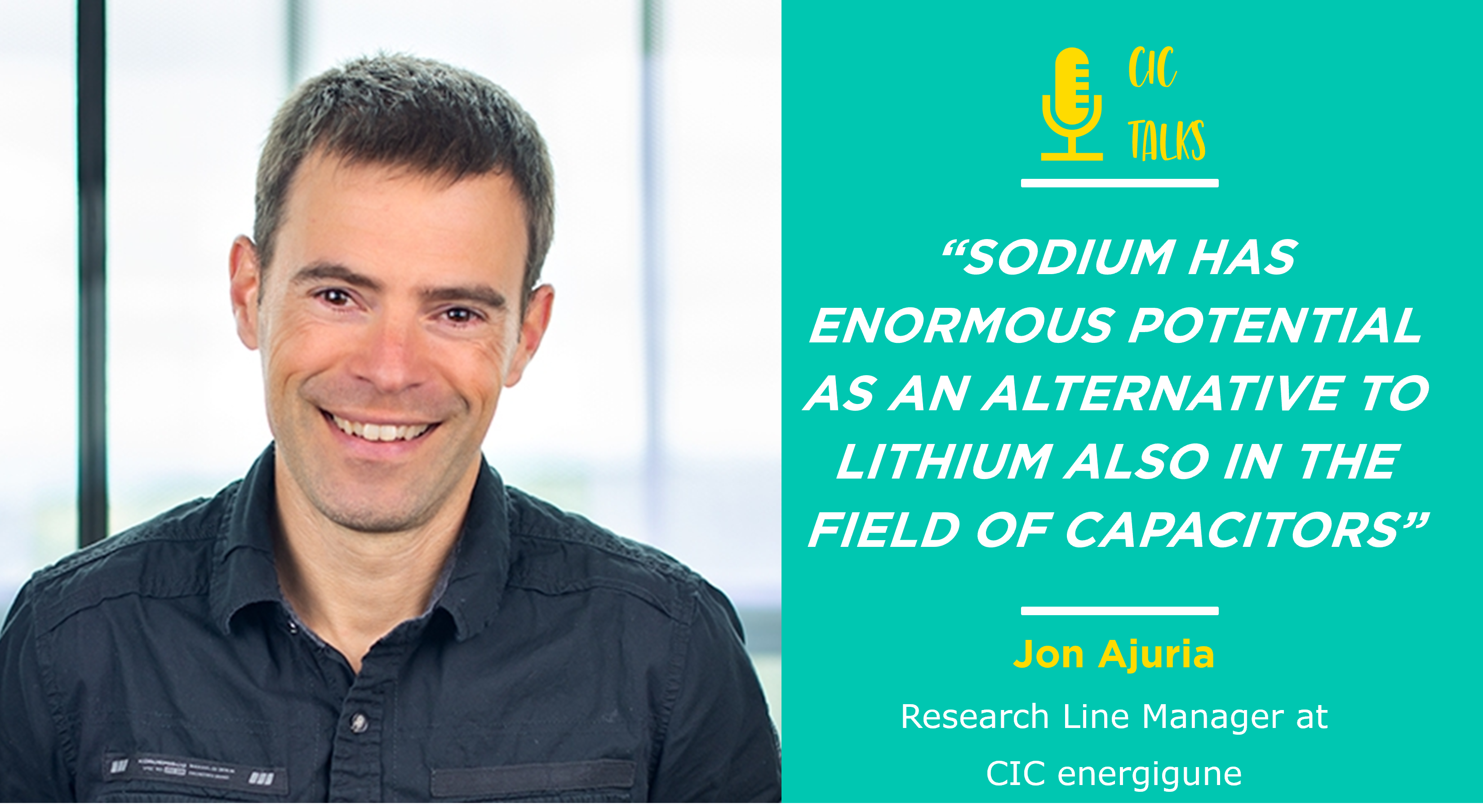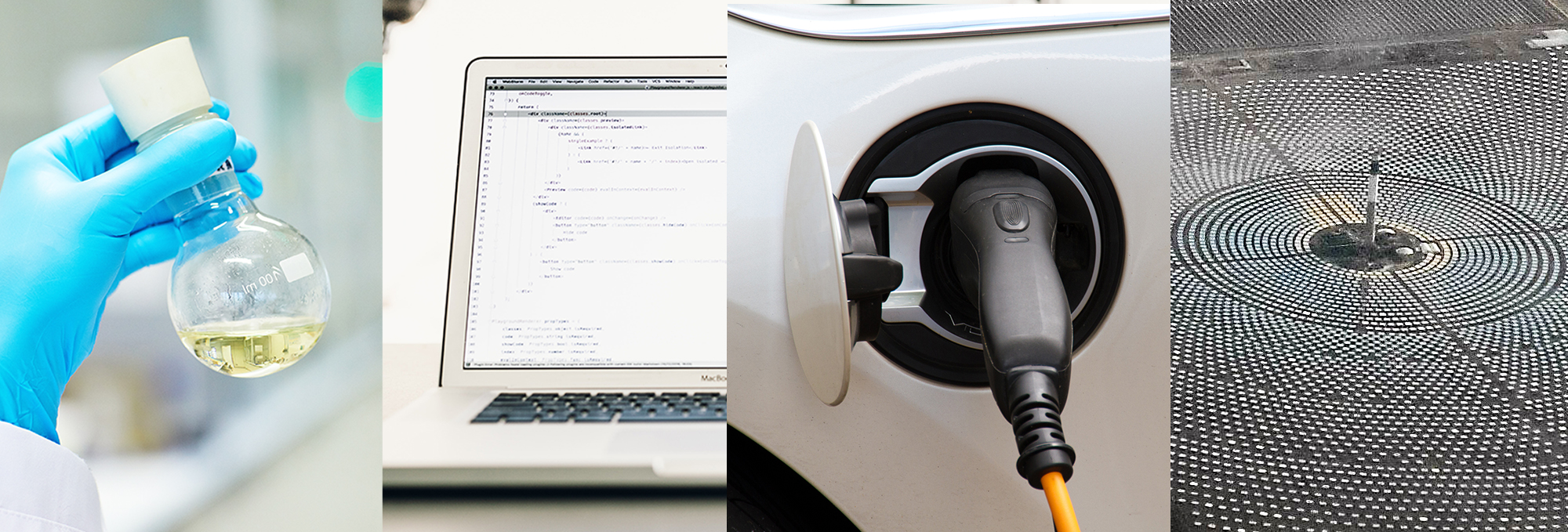

1. What differentiates a supercapacitor from a traditional battery, and in what applications is it more advantageous?
The main difference between a supercapacitor and a traditional battery lies in how they store energy. While batteries do so through chemical reactions, supercapacitors store energy electrostatically, at the interface between an electrode and the electrolyte. This allows them to charge and discharge in seconds or even milliseconds, compared to the minutes or hours required by batteries.
Thanks to this speed, supercapacitors are ideal for applications that demand high power in very short periods of time, such as regenerative braking systems, startup peaks in industrial machinery, data centers, or power support in electrical grids. Although their energy density is lower than that of batteries, their lifespan is much longer, and they can exceed a million cycles without significant performance loss.
2. What is a metal-ion capacitor, and what makes it an interesting hybrid technology for energy storage?
A metal-ion capacitor is a hybrid technology that combines the best of both worlds: the high power of a supercapacitor with the higher energy density of a battery. This is achieved by using a double-layer electrode (as in supercapacitors) together with a battery-type electrode, where a faradaic reaction occurs.
This combination enables energy levels higher than those of a conventional supercapacitor, without sacrificing fast charging capability and extended lifespan. It’s a highly attractive solution for applications such as light transport, energy backup systems, or micro-hybrids, where compact, safe devices with immediate response are required.
3. What advantages do these technologies offer in terms of sustainability, safety, and lifespan compared to other storage solutions?
Technologies such as supercapacitors and metal-ion capacitors stand out for their high safety, as they operate with a lower risk of overheating or thermal runaway. Since they do not rely entirely on internal chemical reactions, their behavior under extreme conditions is much more predictable, which is highly valued in demanding environments.
In terms of sustainability, their long lifespan—with hundreds of thousands of possible cycles—reduces the need for frequent replacement, lowering both environmental impact and maintenance costs. Additionally, being carbon-based devices, they do not depend on critical resources like cobalt or nickel. And if sodium-based chemistries are used, the impact is even lower, as it reduces pressure on critical resources such as lithium. This makes them highly aligned with circular economy goals and responsible energy transition efforts.
4. Sodium is increasingly discussed as an alternative to lithium. What potential do sodium-based capacitors have in this context?
Sodium has enormous potential as an alternative to lithium, especially in battery technologies but also in metal-ion capacitors. It is a more abundant, globally distributed, and much cheaper resource, making it a strategic option for reducing dependence on critical raw materials.
At CIC energiGUNE, we are working on sodium-ion capacitors that maintain the advantages of high-power devices but with a more competitive cost and a chemistry tailored to markets where price and sustainability are key. Although there are still technical challenges, such as improving material compatibility and long-term stability, development is advancing rapidly and could become a highly attractive solution for stationary applications or in countries where lithium infrastructure is limited.
5. What are the main technological challenges to scale these technologies for real-world applications, such as automotive or stationary storage?
One of the main challenges is properly balancing power, energy, and cost. In technologies like metal-ion capacitors, it is still necessary to optimize materials and cell designs to make energy performance competitive with batteries, without losing their advantages in response speed and lifespan.
There are also challenges related to manufacturing and standardization, as many of these devices require processes that differ from traditional battery production lines. Finally, market awareness is another factor: these technologies are often left out of comparative analyses because they haven’t yet been widely adopted, despite their clear benefits in specific niches.
6. How is CIC energiGUNE positioned in the research and development of these technologies? What lines of work are currently being explored?
At CIC energiGUNE, we have been developing high-power storage technologies for several years, such as supercapacitors and metal-ion capacitors, using both lithium and sodium. Our approach combines the design of advanced materials with the development of optimized electrode architectures, enabling us to achieve better energy densities without compromising power.
We also work closely with industry to adapt these technologies to real use cases. We participate in both European and bilateral projects with companies, seeking specific solutions for sectors such as automotive, rail transport, or stationary backup storage. Our combination of capabilities in characterization, modeling, and manufacturing allows us to accelerate development from the laboratory to functional validation, covering the entire innovation cycle.

If you want to know the latest trends in energy storage and new developments in research, subscribe.

If you want to join a top-level team, collaborate with specialists in multiple disciplines or tell us about your concerns, don't think twice...